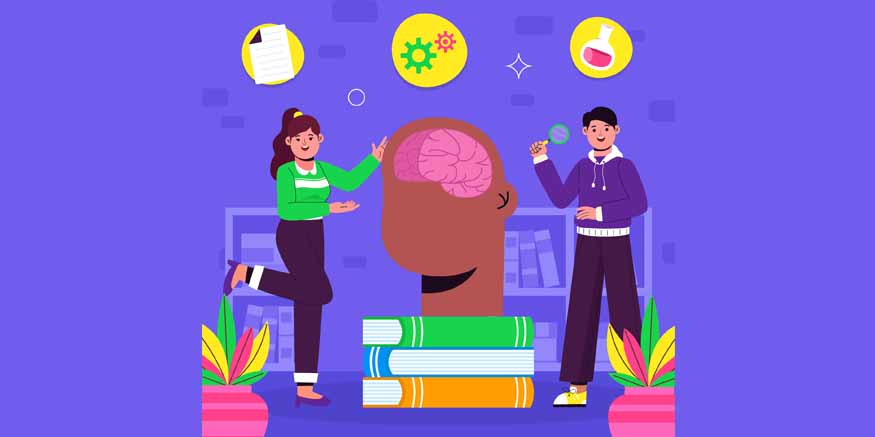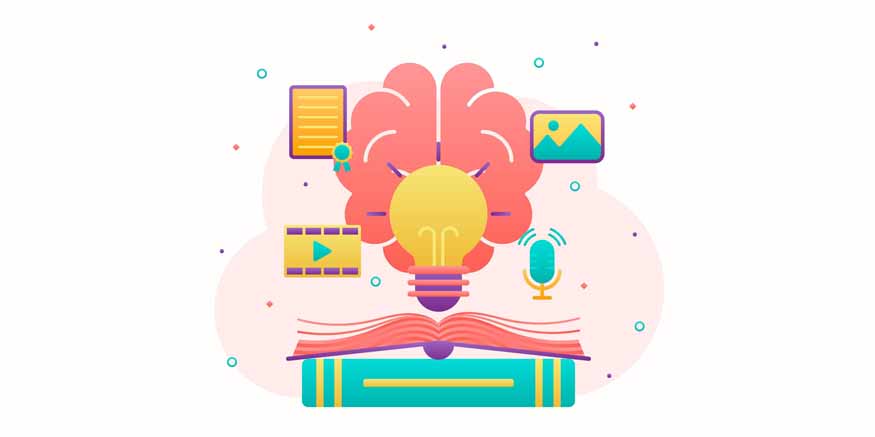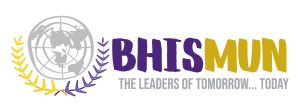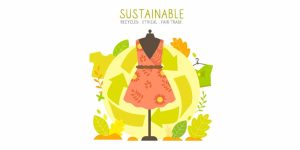Teaching Metacognition: Learning How to Learn

The Shift Towards Self-Aware Learning
In the evolving landscape of education, traditional methods of instruction are being complemented by approaches that prioritise self-awareness and critical thinking. One such approach is metacognition, often described as “thinking about thinking.” This concept encourages students to reflect on their learning processes, understand their cognitive functions, and apply strategies to enhance their learning outcomes.
With the National Education Policy (NEP) 2020 emphasising critical thinking, problem-solving, and lifelong learning, India’s schools are increasingly recognising the importance of teaching metacognition. Students are now encouraged to be active participants in their learning journey, developing the skills to monitor and regulate their own understanding.
What is Metacognition?
Metacognition involves two primary components:
- Metacognitive Knowledge: Understanding one’s cognitive processes, such as recognizing what one knows and doesn’t know.
- Metacognitive Regulation: The ability to plan, monitor, and control one’s learning activities.
What is metacognitive awareness? It is a student’s conscious understanding of their thought processes, enabling them to make informed decisions about strategies, time allocation, and effort required to learn effectively.
By developing metacognitive awareness, students can become more independent learners capable of evaluating their strengths, identifying gaps, and taking corrective action.
Importance of Metacognition in Learning
The importance of metacognition in learning lies in its ability to enhance comprehension, retention, and problem-solving skills. Research shows that students who practise metacognitive strategies achieve higher academic performance and are better prepared to transfer knowledge to new contexts.
In India, integrating metacognitive skills aligns with NEP 2020’s emphasis on holistic and self-directed learning, preparing students not just for exams but for real-world challenges.

Metacognitive Teaching Strategies
Implementing metacognitive teaching strategies in classrooms can significantly improve learning outcomes. Some effective strategies include:
- Think-Alouds: Teachers verbalise their thought process while solving a problem, modelling strategies for students.
- Self-Questioning: Encouraging students to ask themselves questions before, during, and after learning activities to promote reflection.
- Peer Teaching: Students explain concepts to peers, reinforcing their understanding and metacognitive awareness.
- Reflection Journals: Learners record their learning experiences, challenges, and strategies used, fostering self-awareness.
- Goal-Setting Exercises: Students set learning objectives and monitor progress regularly.
Types of Metacognition
Understanding the types of metacognition helps educators apply targeted strategies:
- Declarative Knowledge: Awareness of one’s cognitive abilities and knowledge about the task.
- Procedural Knowledge: Knowing how to execute specific cognitive strategies effectively.
- Conditional Knowledge: Understanding when and why to use particular strategies for best results.
Teachers can customize lessons to strengthen these dimensions, helping students gain comprehensive self-regulatory skills.
Metacognition Activities for Students
Practical metacognition activities can make learning engaging and impactful. Examples include:
- Concept Mapping: Students visualise relationships between ideas to organise knowledge.
- Self-Assessment: Learners evaluate their own work and reflect on areas for improvement.
- Error Analysis: Reviewing mistakes to understand misconceptions and adjust strategies.
- Learning Journals: Documenting insights and planning next steps.
- SMART Goal Setting: Establishing specific, measurable, achievable, relevant, and time-bound objectives.
Such activities help learners internalise strategies for learning how to learn.
How to Improve Metacognition
Enhancing metacognitive skills requires consistent practice and guidance. Strategies include:
- Modelling: Teachers demonstrate reflective thinking and strategy use.
- Feedback: Constructive feedback encourages students to think about their learning processes.
- Scaffolding: Gradually increasing task complexity while supporting learners helps build independence.
- Autonomy and Choice: Allowing students to make decisions about their learning fosters ownership and self-regulation.
By systematically integrating these approaches, educators can improve students’ ability to monitor, evaluate, and adjust their learning.
Benefits of Metacognition
The benefits of metacognition are profound:
- Improved Academic Performance: Self-regulated learners often outperform peers due to effective study habits.
- Enhanced Problem-Solving Skills: Metacognitive learners approach challenges strategically.
- Increased Motivation and Confidence: Awareness of learning processes encourages persistence.
- Preparation for Lifelong Learning: Metacognitive skills equip students to adapt in higher education and professional environments.
Global Pioneers of Metacognitive Learning
Several countries have successfully embedded metacognitive learning into their education systems, serving as models for India.
United States
The US pioneered research on metacognition through educational psychologists like John Flavell and Ann Brown in the mid-1970s and 1980s. Progressive schools integrate practices such as think-alouds, reflection journals, and self-questioning into core instruction.
Finland
Finland’s education system emphasises phenomenon-based learning, which fosters reflection and self-directed inquiry. Students regularly plan projects, monitor progress, and reflect on outcomes. In fact, children in Finland do not begin comprehensive schooling until after the age of 7. Before that, they attend early childhood education and care (ECEC), which is focussed on play and cognitive development.
United Kingdom
In the UK, schools use evidence-based frameworks to teach learning how to learn. Reflective logs, goal-setting exercises, and structured self-assessment promote metacognitive awareness.
Canada
Canadian provinces, such as Ontario and British Columbia, integrate metacognition into their mathematics and literacy curricula, encouraging students to plan, monitor, and evaluate their work.
Singapore
Singapore’s curriculum promotes explicit teaching of thinking strategies, with students engaging in self-reflection, problem-solving, and independent learning activities.
Australia
Australian schools embed metacognitive strategies into critical thinking and inquiry-based learning. Students regularly reflect on their learning processes, evaluate performance, and adjust strategies accordingly.
These global examples highlight how structured metacognitive teaching strategies can improve learning outcomes and prepare students for complex, real-world challenges.
Metacognition in the Indian Educational Context
In India, teaching metacognition is increasingly recognised as essential for developing critical thinking and self-directed learners. NEP 2020 encourages reflective practices, self-assessment, and skill development aligned with global standards.
Today, we see Indian schools are introducing metacognition activities to help students:
- Understand their learning styles
- Monitor comprehension and progress
- Apply knowledge effectively across subjects
Such approaches help students learn how to learn, rather than solely memorising content.
Billabong High International School in Mumbai integrates metacognitive strategies into its curriculum to foster self-awareness, reflection, and independent learning. According to their official website, the school emphasises critical thinking, inquiry-based learning, and interdisciplinary approaches, encouraging students to reflect on their learning processes and develop effective strategies.
Through metacognitive teaching strategies and activities, Billabong High prepares students to become self-regulated, confident, and lifelong learners, capable of navigating both academic and real-world challenges.
Conclusion
Teaching metacognition is about more than knowledge transfer; it equips students with the tools to understand, regulate, and optimise their learning processes. By implementing strategies, engaging in reflective activities, and fostering self-awareness, educators can significantly enhance learning outcomes. Global best practices and modern Indian initiatives demonstrate how learning how to learn can be embedded effectively in contemporary education.













